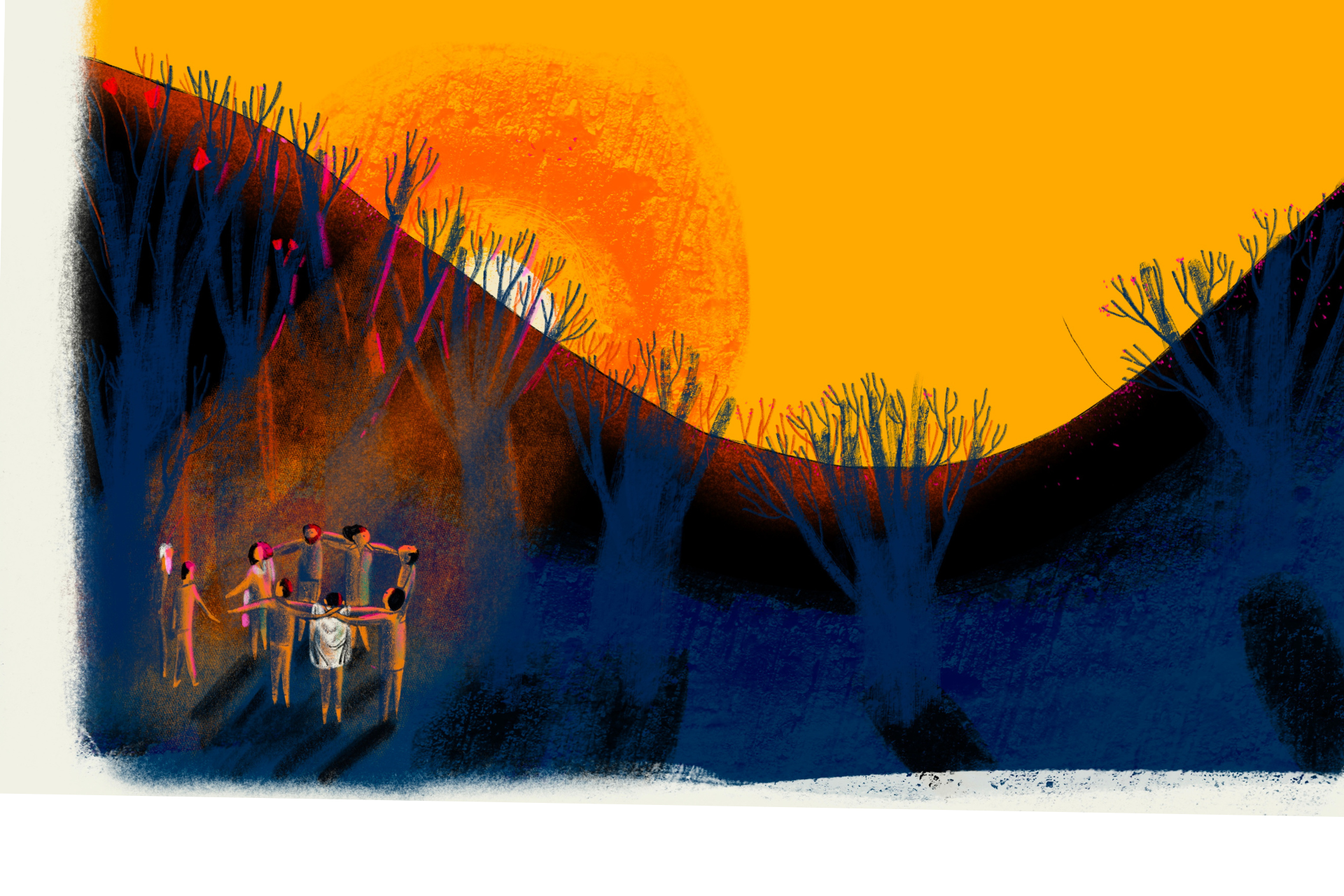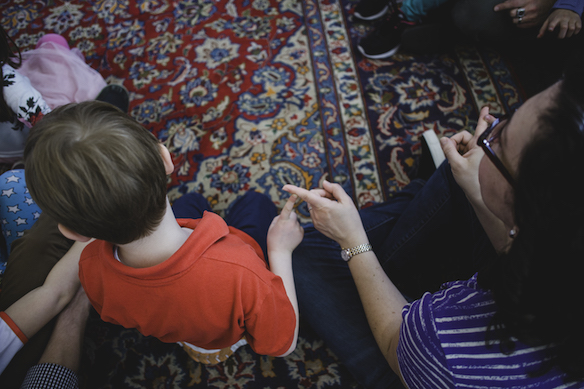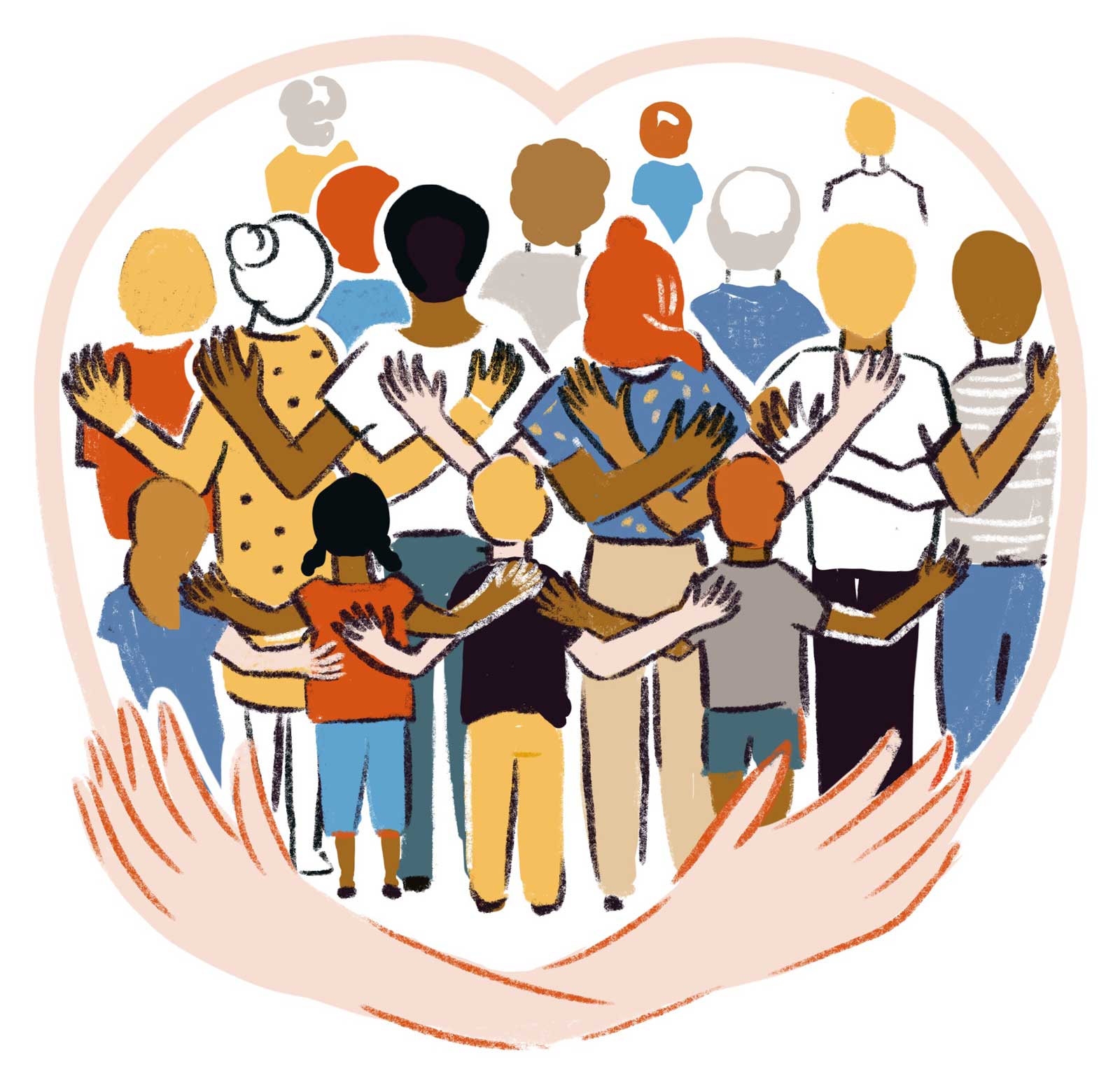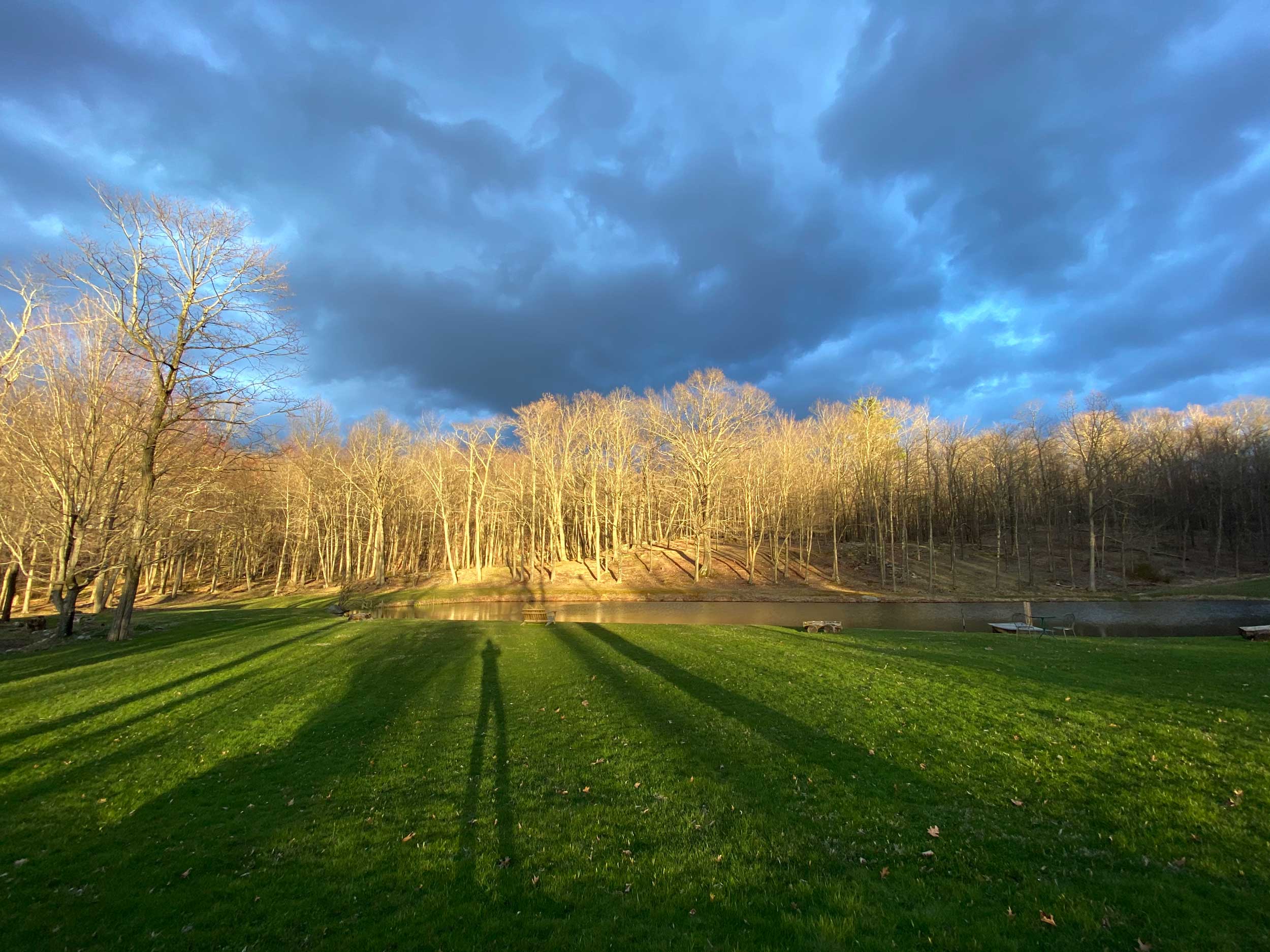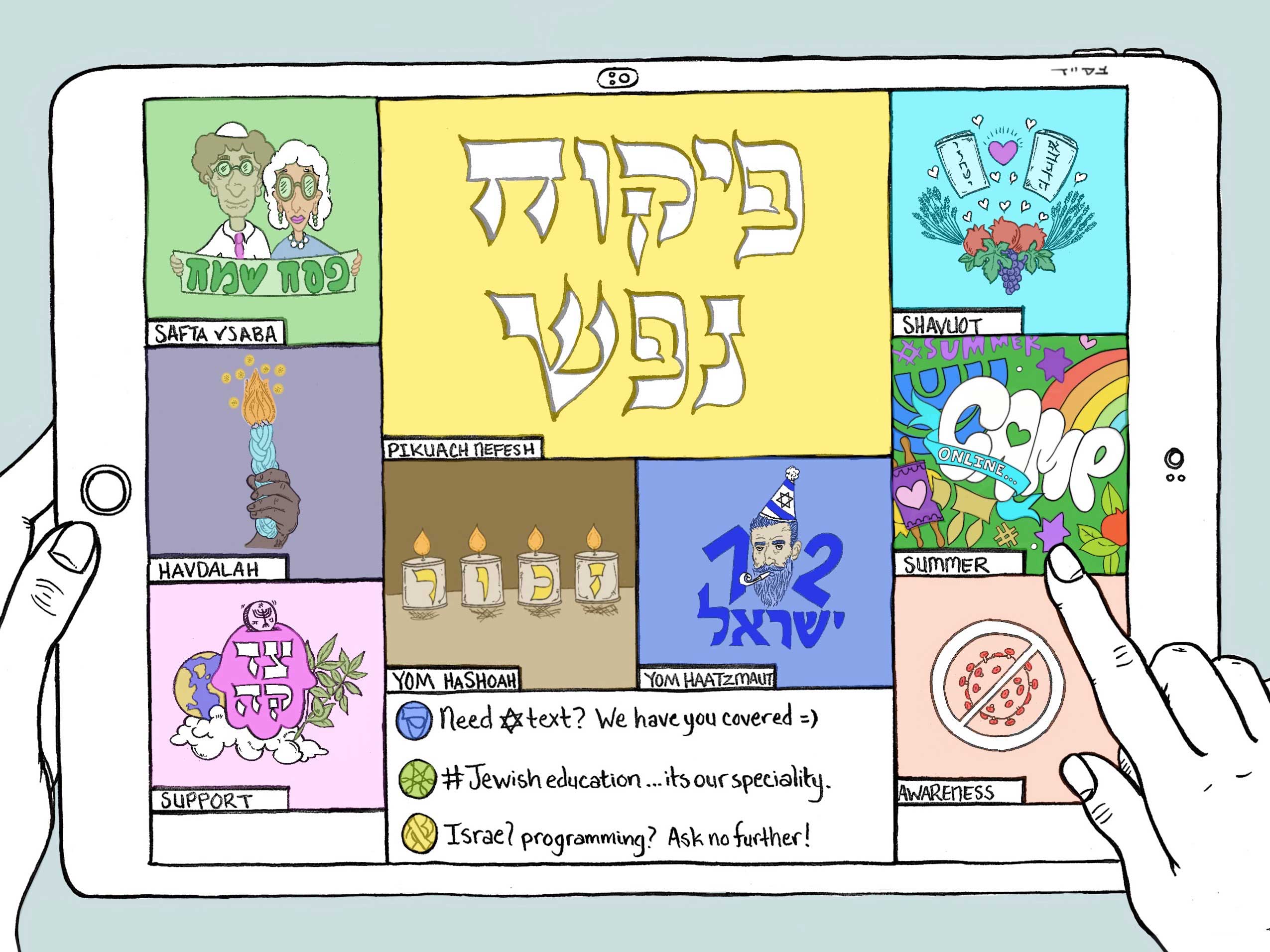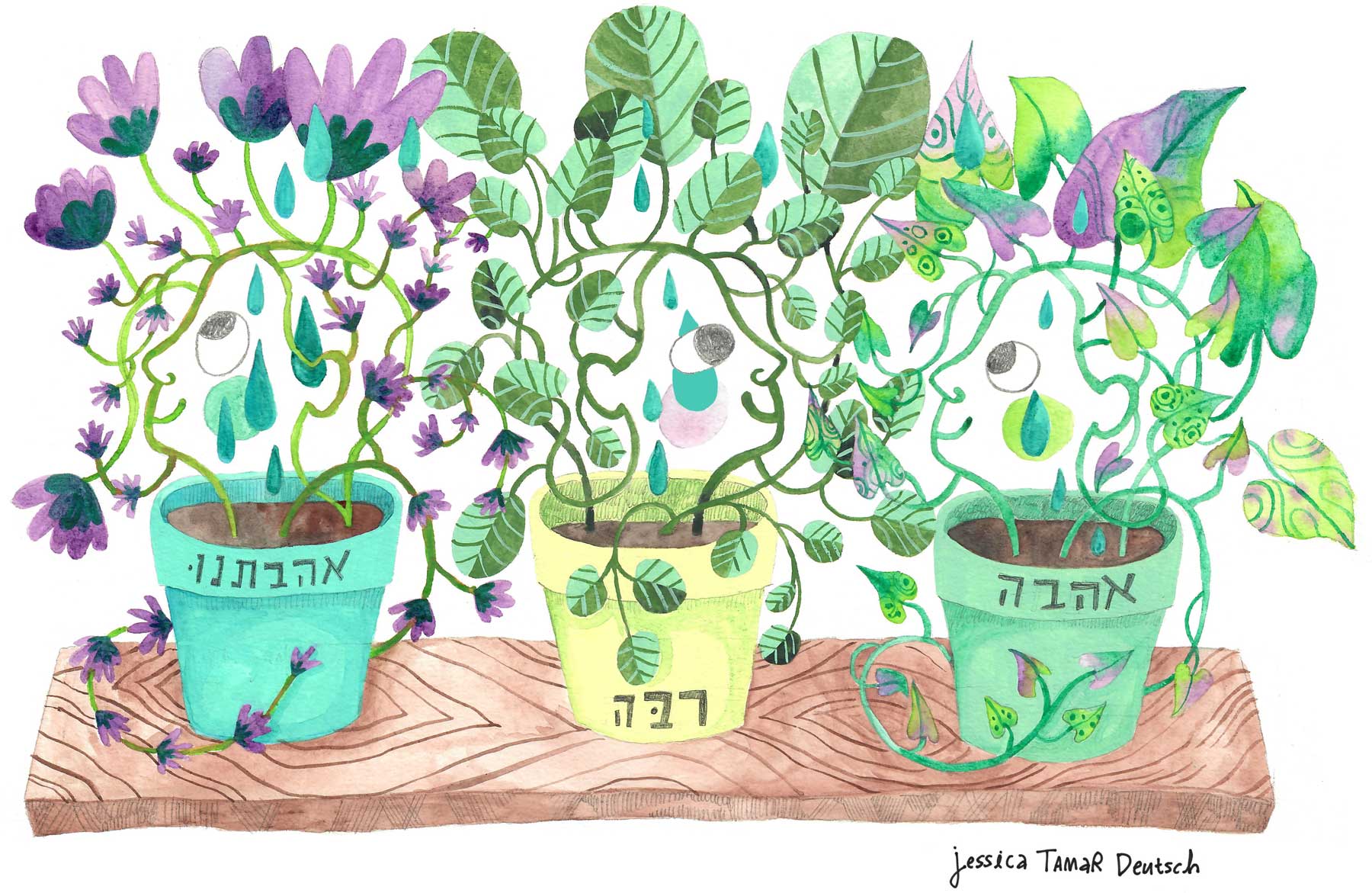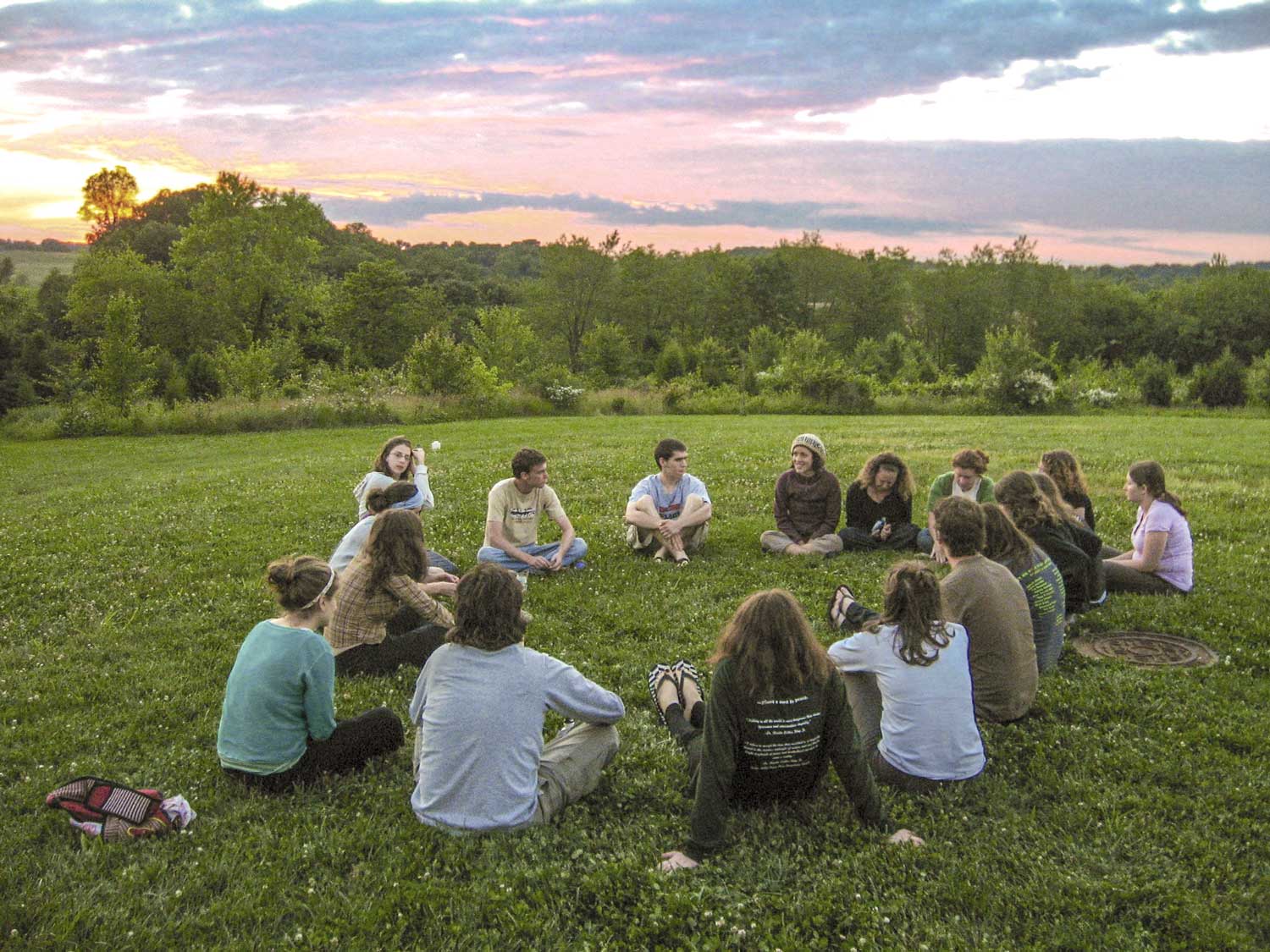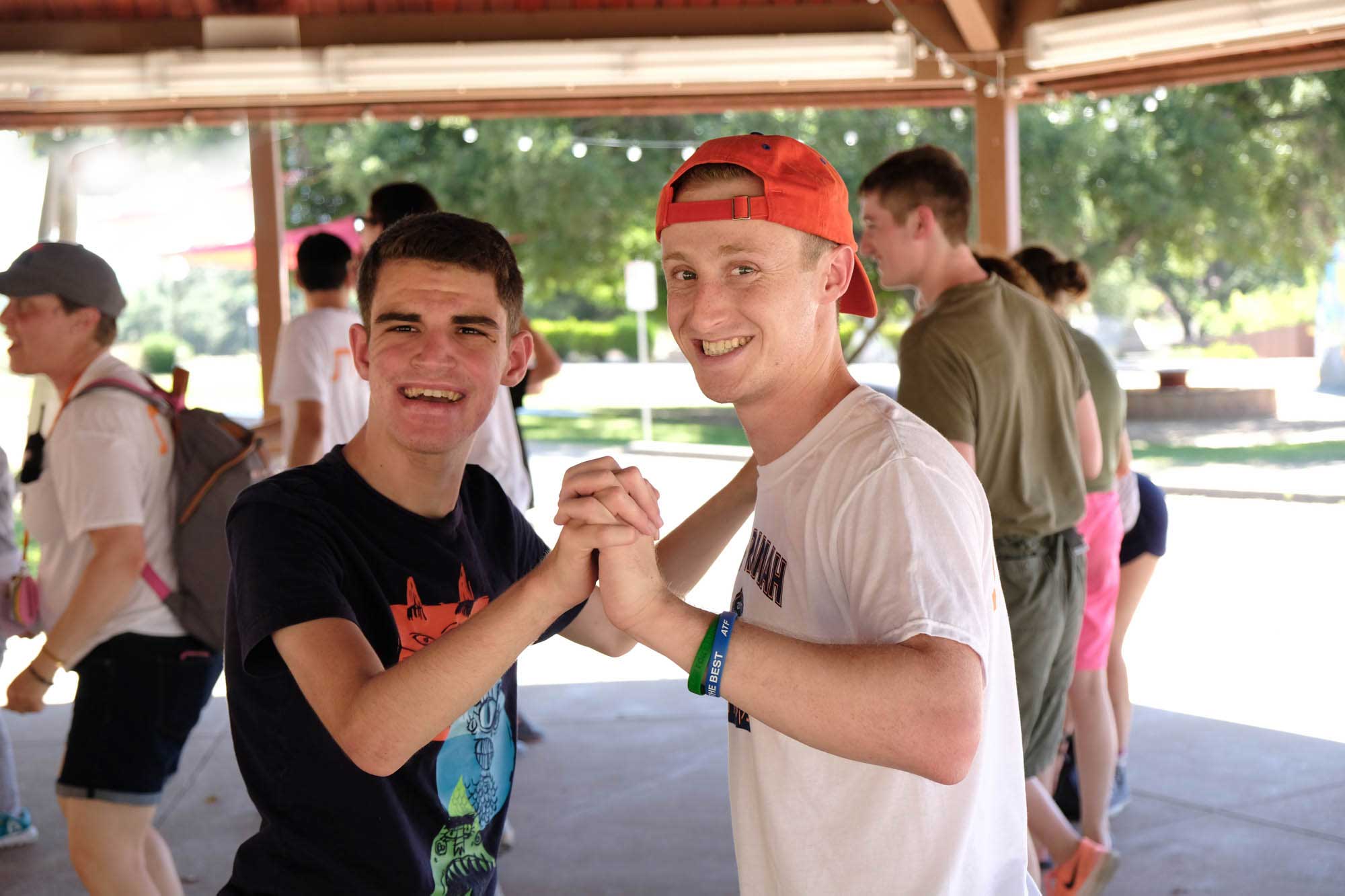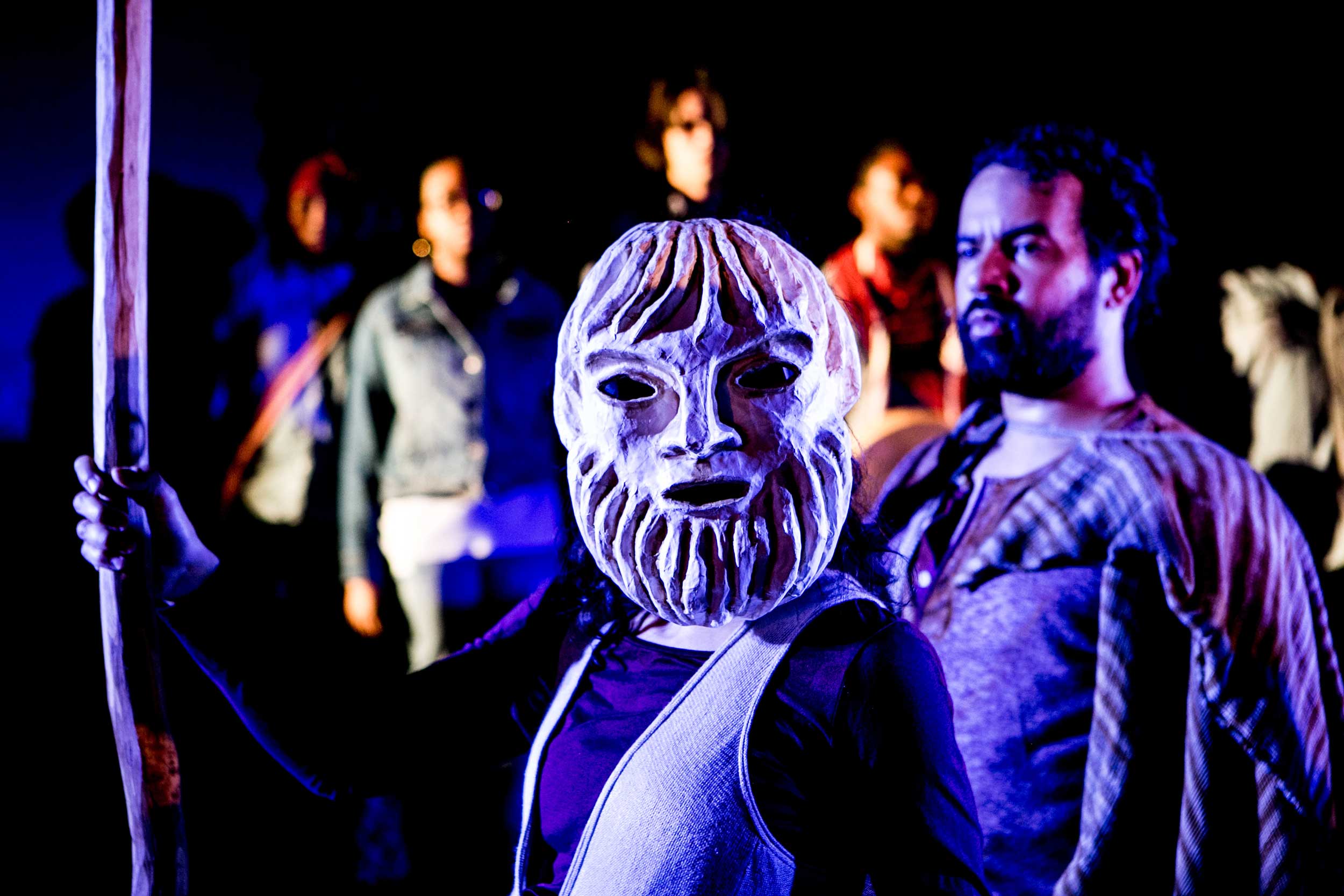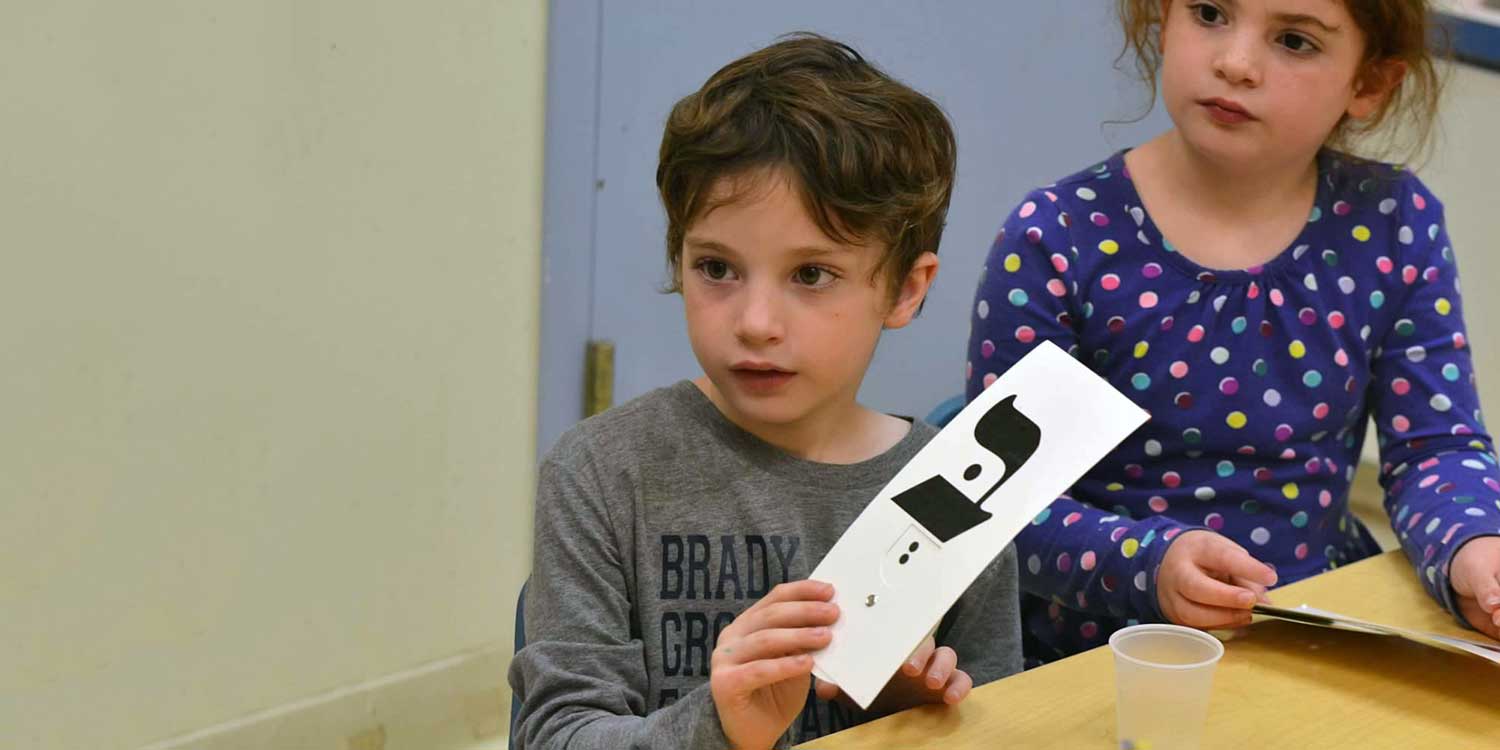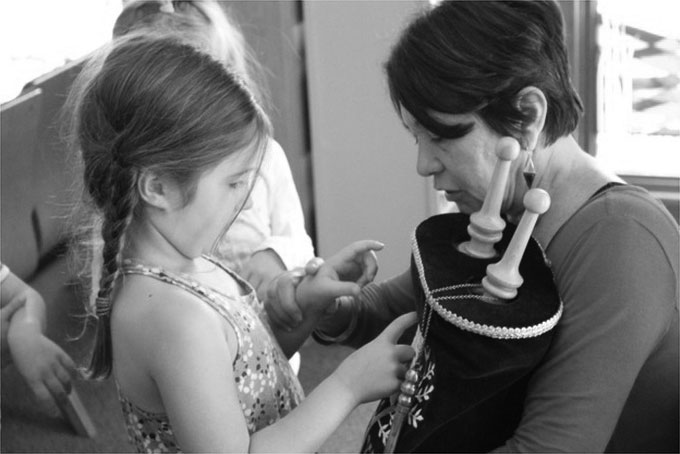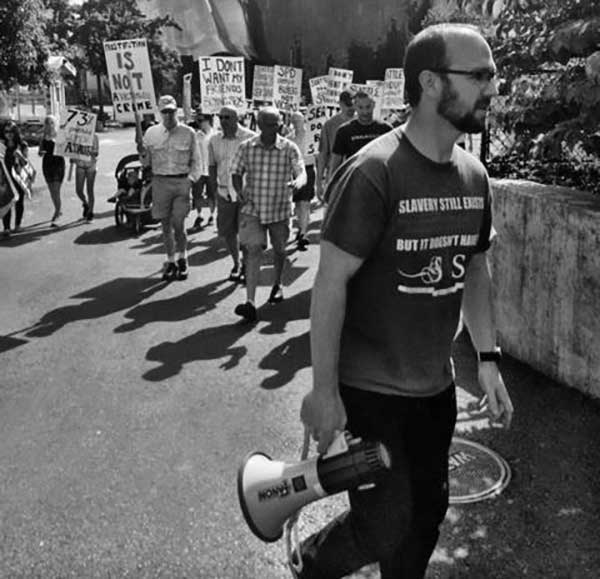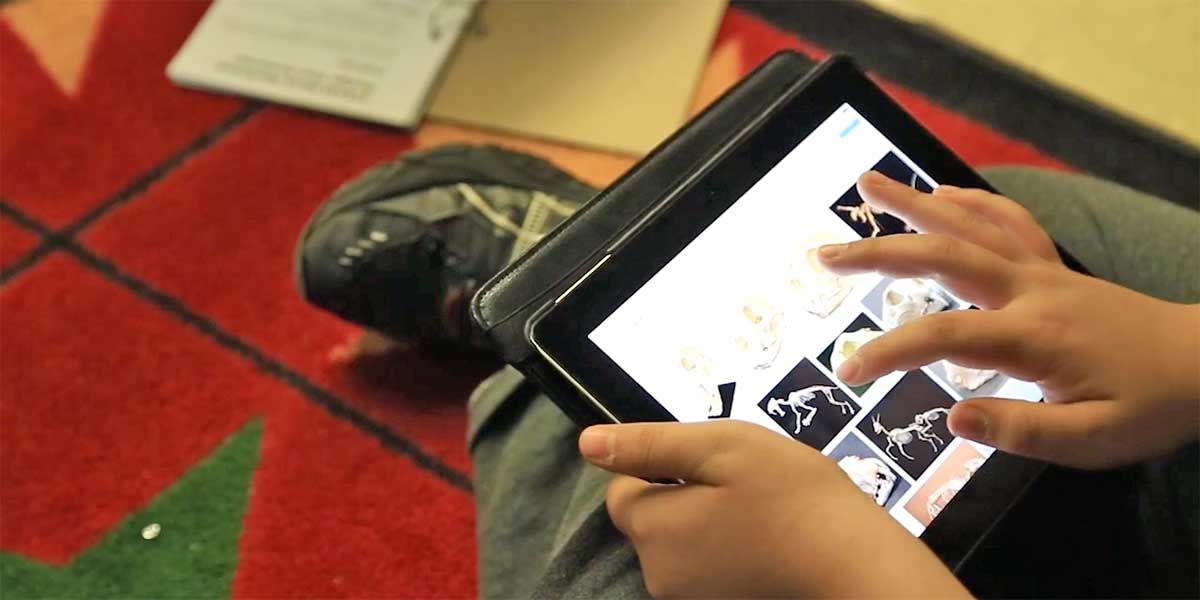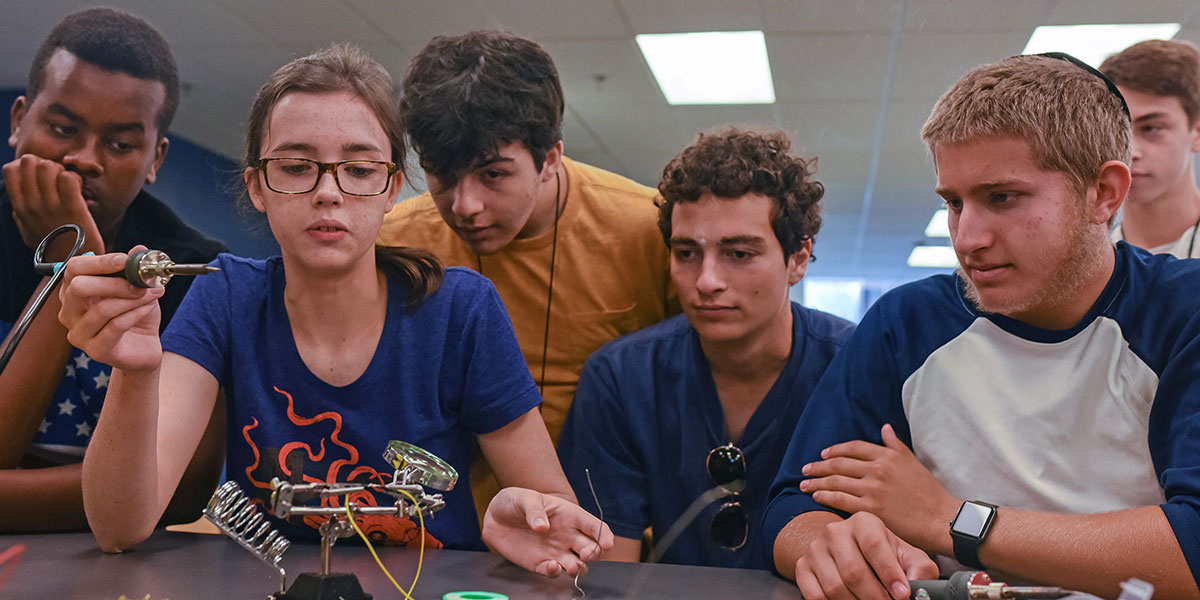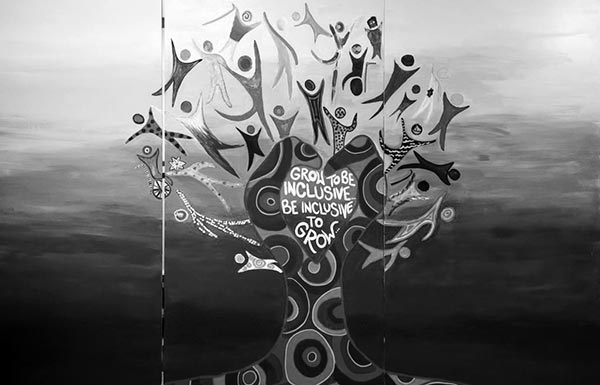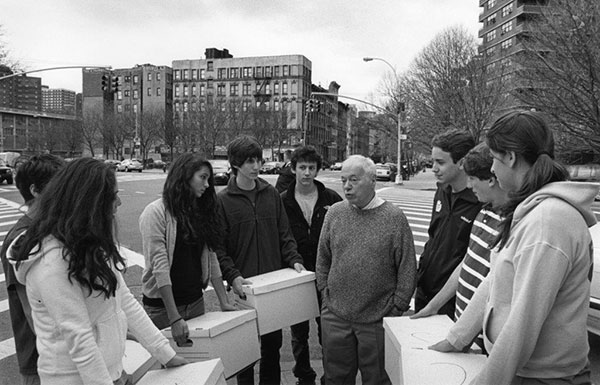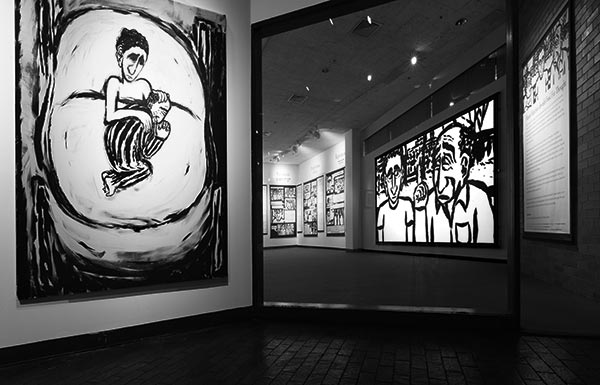
ARTICLERabbi Lisa Goldstein and Dr. Betsy Stone on Trauma and Healing
Rabbi Lisa Goldstein has been thinking, teaching, and writing about spirituality, trauma, education, and healing for many years. But it’s only recently that she’s discovered her passion and life’s work.
At a time when our community looks for healing in all directions—healing from health trauma, violence in our schools and our streets, and rifts that exist in our communities and our country—Goldstein has made some discoveries that could be useful to us all.
“For a long time I have been interested in the dynamic between spirituality and well-being. They’re not exactly the same thing: Spirituality is about cultivating greater awareness, expanded awareness, and consciousness, in a way that offers greater access to the big picture,” Goldstein said.
As the Executive Director of the Institute for Jewish Spirituality, where she worked from 2011-2019, Goldstein spent a great deal of time teaching Jewish mindfulness practices to audiences that had little experience with them. As she explained, mindfulness asks that we pay attention to the changing truth of our experience, moment to moment to moment, as a way of cultivating greater compassion for ourselves and others.
“Mindfulness is also about being better able to notice what’s happening, and training the mind to notice the sacredness, or divinity, that is manifest in any moment, including the difficult moments.” The key is to make space for those moments and not react to them.
As Goldstein moved deeper into mindfulness work, she realized that while mindfulness helps us hear our inner voices, what so often interrupts that process is childhood and intergenerational trauma.
“When we hear the word ‘trauma,’ we often think about shock trauma; some big terrible event—an act of violence, war, or a serious accident. We know from years of studying the effects of PTSD that when a person experiences something that grave, the resulting fear gets stuck in the body and leads to all kinds of symptoms.”
But Goldstein shared that there is another kind of trauma, called “complex trauma,” which can have effects that are just as devastating to our hearts, minds, and bodies. Complex trauma causes us to shut down certain parts of ourselves as a coping mechanism, so that we can stay in relationship with our environment.
“Complex trauma shows up in individuals, but it’s also intergenerational,” Goldstein said. For example, Jews have experienced thousands of years of trauma from feeling unwanted in our environment. She shares that people often process this kind of trauma in one of two ways. Either we feel deeply ashamed and need to prove our worth (for example, by overachieving, placing tremendous emphasis on academics and success) or we go in another direction and purport not to care, separating ourselves from the community and writing everyone off.
“The way in which we shut down becomes the lens through which we see the world, and we may not even be aware of it,” Goldstein explained.
So how can Jewish spiritual language help?
Goldstein pointed first to the phrase “ratzo v’shov,” or “run and return,” which she knows from Chasidic sources, but might also date back Sefer Yetzira, or the Book of Creation. The phrase comes from a passage that references a vision the prophet Ezekiel has of God. Jewish mystical tradition interprets the phrase to describe a process whereby a person draws near to God or to a higher spiritual plane, connects powerfully to that place of awareness and total openness and connection, and then returns to regular life, regular interactions, and the mundane.
“What’s so interesting is that this same pattern of connecting and disconnecting is at the core of trauma healing,” Goldstein said. “It’s a process of bringing a kind of tikkun (repair) to both attachment and individuation, being loved and held and seen and valued but also stepping back and thinking about your own separateness, which allows you to be fully actualized yourself.”
Healing, she explained, is not just about the process of connecting; it’s about disconnecting, too. It’s the breath in and the breath out.
“When we can see and embody that,” Goldstein said, “when we can embrace it, it opens up so much space for healing and health and wellbeing and connection, and for feeling integrated.”
Enter psychologist, teacher, and facilitator Dr. Betsy Stone. Author of the recently published Refuah Shlemah, a compilation of essays about trauma, clergy, post-traumatic growth and the impact of COVID, Stone offers that from a psychological point of view, we don’t actually recover from trauma. Instead, we absorb and adapt to trauma.
“Trauma changes the trajectory of our lives,” Stone said. “When we talk about the learning loss that kids experienced as a result of schools being closed during the pandemic, we are suggesting that if they do the work, they will catch up and things will go back to normal.”
“But children and adults alike need an opportunity to reflect, to practice emotional literacy, where we name our feelings and how our feelings impact us.”
Goldstein agreed. “The pandemic has both created new trauma but also, it has ripped the mask off the trauma that was there underneath. While in many ways we’re yearning to go back to normal, that would not serve us. It behooves us as a community to do more thinking about what we’ve experienced, to bring together experts around it, to share different modalities and tools for healing.”
One modality is Kabbalah, the Jewish mystical practice, which teaches that angels, who serve as messengers, function in the world of Yetzirah or of formation, where emotions develop.
“What I think is so interesting,” Goldstein shared, “is that this Kabbalistic concept reflects the idea that emotions are actually the messengers from the life force within us.” Emotions tell us really important information, she continued. And understanding that these messengers exist in the realm of the emotional world is very aligned with the insights of modern psychology.
“If you look at any emotion,” Goldstein said, “you must ask, what is that emotion communicating? The emotion of anger, for example, is a protest. It’s giving us important information that something is not OK. When we know that, we can use that information and say to ourselves, ‘This thing is not OK, what can I do about it?’ Anger is a signal, just like anxiety is a signal. And so many of us have intense anxiety. But if we can bring curiosity and connection to what’s going on underneath the surface of our feelings, those uncomfortable feelings begin to dissipate.”
COVID, as we know too well, has severely disrupted the connection process, both within ourselves and with our community. For example, Stone pointed out that historically, we’ve always lived in naturally occurring communities. When you drop your child at preschool and you chat quickly with another parent in the parking lot about being up all night with your toddler, and the other parent relates, she is normalizing your feeling. In essence, you’ve found yourself in a micro-naturally occurring community of two.
“But Zoom doesn’t promote that kind of interaction,” Stone said. “It’s very functional, for meetings, or even a virtual doctor’s visit. But these kinds of exchanges [like the one described above] create bridges between people. Now that we’ve been separated for so long, we must consciously work on rebuilding those relationship bridges.”
Both Stone and Goldstein are actively working to build those bridges through their work. In addition to her writing and teaching, Stone has been counseling clergy in the Jewish community.
“Our rabbis and cantors have been holding us, supporting us, for so long. And all the while, their own work has gotten much more isolated and isolating,” Stone said. “As a general rule, many people choose the rabbinate because they like to touch people’s lives, but it’s really hard to touch people’s lives when you don’t know them—when they’re never in the synagogue building.”
“We need to make space for our clergy to do the same kind of healing and recovery that we need to do ourselves,” she said.
Stone shared how clergy tell her that the most important part of synagogue services these days is the oneg, because right now, any way that we can connect people is good for the community.
“Part of our job is to think about what an ideal community looks like and what little steps we can take to make it ideal and to understand that regardless, good healing and change is a very slow process,” she added.
For Rabbi Goldstein, in addition to studying texts, teaching, and counseling, she is diving deep into the study of NARM (neuroaffective relational model). Goldstein explained that this therapeutic approach works by bringing much curiosity to what our actual experience of the world is, and doing that in relationship with someone else who can hold that space for us when it’s too threatening or scary or painful for us to look at it directly.
“This practice has deep spiritual underpinnings,” she said. “It asks, how can we allow the lifeforce to flow through us, unimpeded?”
“The really cool part about this work,” she continued, “is that there’s research that when we start working to address intergenerational trauma, we make things better for ourselves and also for our children.”
“We’re not doomed,” she added. “Rather, we are poised to do something helpful and powerful.”
By Adina Kay-Gross, for The Covenant Foundation

